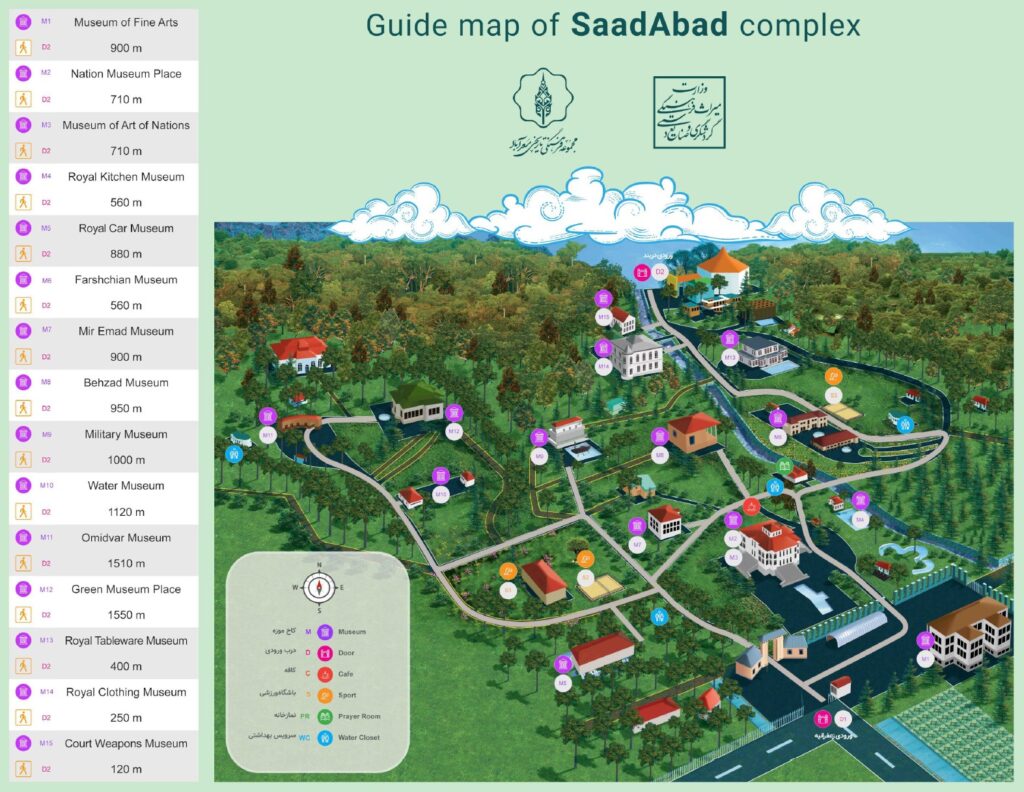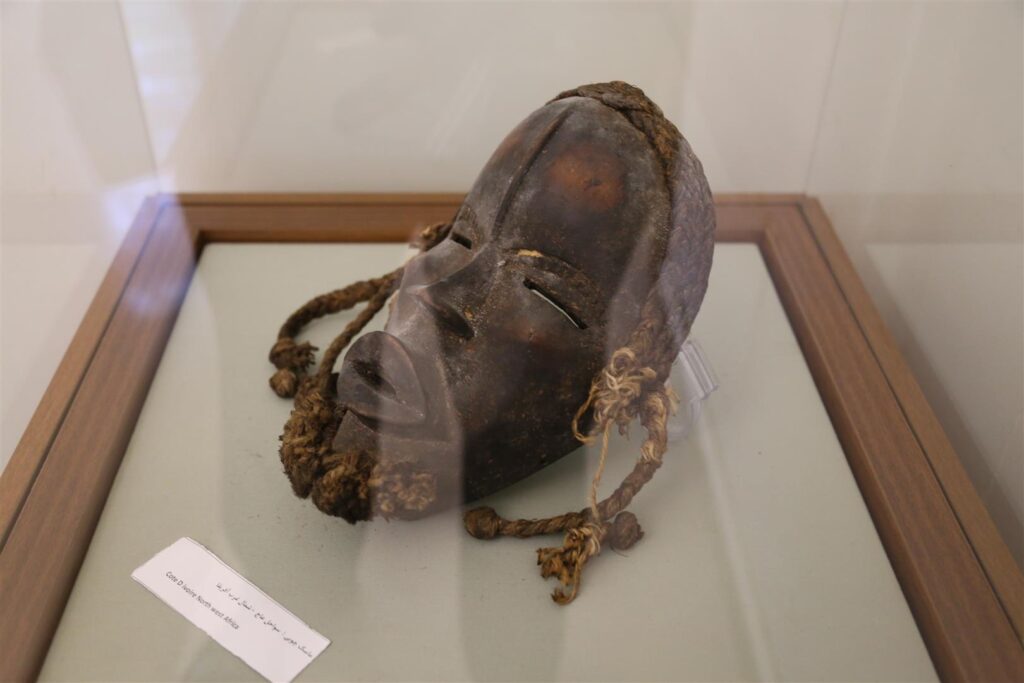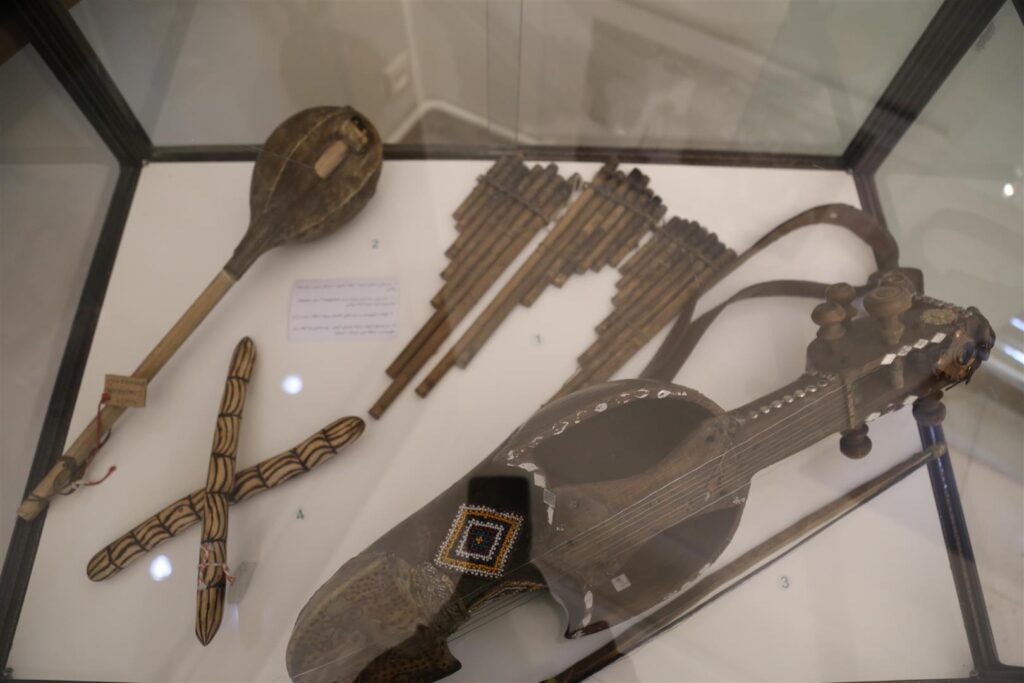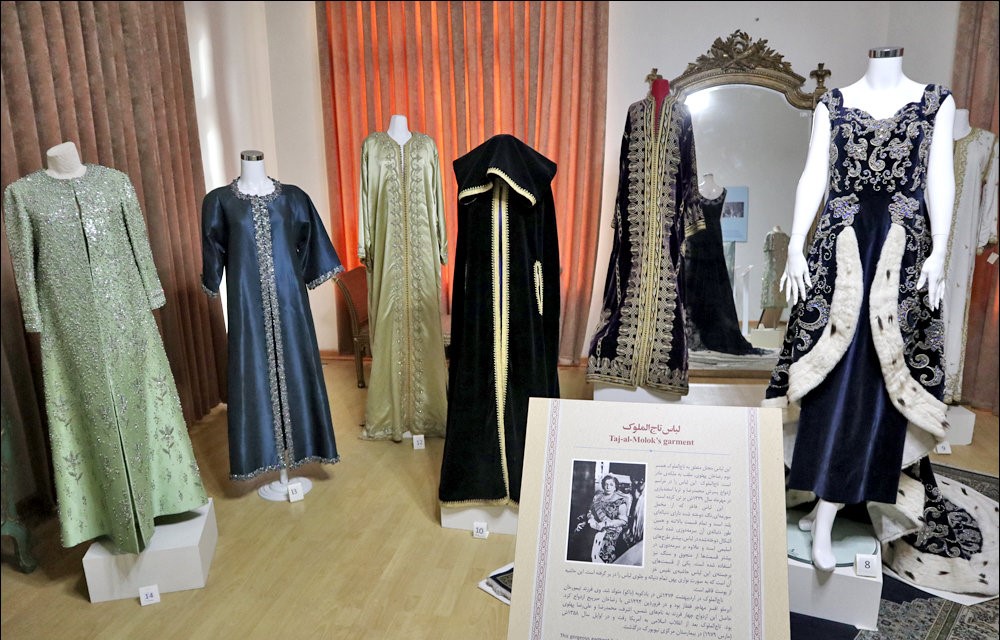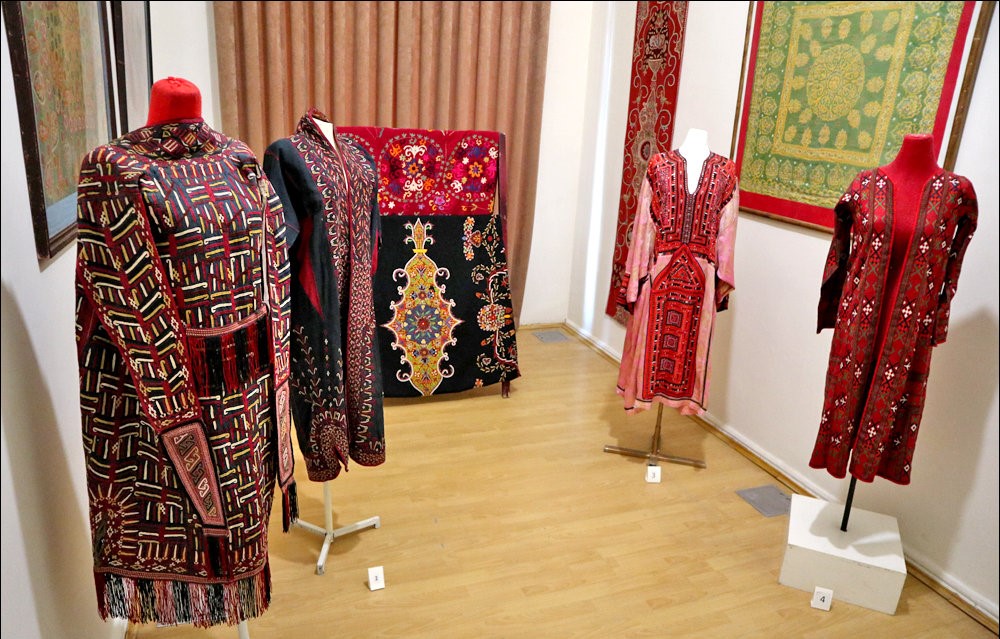Introduction
The Sa’ad Abad palace complex is located in the north of Tehran. This 300-acre garden was used by Qajar kings during the 19th century as their summer residence. Later on, by the fall of Qajars and rise of Pahlavis, they used this place as their residence in the 20th century.
After the revolution of 1979, this place was converted into a museum complex and has been open to the public. The current presidential palace is located next to this complex. Currently, several palaces and buildings in this complex are in the possession of the Iranian presidential institution.
Sa’ad Abad history
The first palace built in this place was the summer palace of Ahmad Shah, the last Qajar king. Later on, Reza Khan, who came to be known as Reza Shah, the founder of the Pahlavi dynasty, bought the building of the Green Palace. It was the first palace that belonged to the Pahlavi dynasty. The rest of the buildings were renovated during the reign of the Pahlavis as well.
The Sa’ad Abad Pact, or Non-Aggression Pact treaty, was signed on July 8, 1937, at the Sa’ad Abad Palace in Tehran, between the four countries of Iran (Reza Shah Pahlavi), Iraq (King Ghazi I), Afghanistan (Mohammad Zahir Shah), and Turkey (Mustafa Kemal Ataturk). The signatory states of this treaty pledged to refrain from interfering in each other’s internal affairs and to respect their common borders. They also pledged to refrain from any aggression against each other’s borderlines and to prevent the formation of groups whose purpose is to disrupt peace among neighboring and allied countries.
Sa’ad Abad complex in detail
Mellat Palace
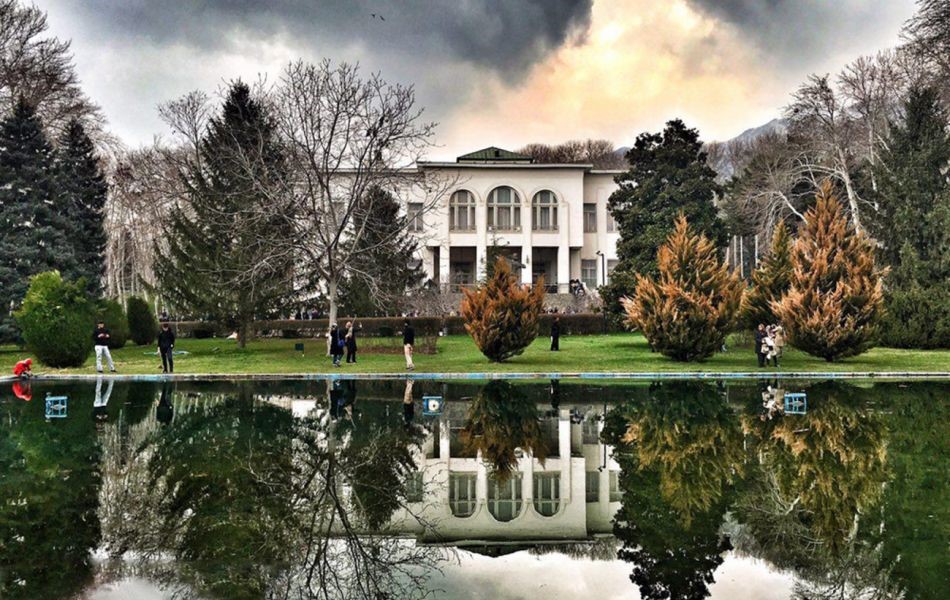
Mellat Palace, also known as the White Palace, is the largest palace in the Sa’ad Abad Palace complex. This two-story building has a basement too. The construction of this palace started in 1932 and took 5 years to finish it. It was the residence of Mohammad Reza Pahlavi, the last king of the Pahlavi dynasty.
It has a simple exterior decorated with white stones, hence the name the White Palace. Right outside of the palace, there is a pair of large metal boots. These boots are the remains of the large statue of Reza Shah.
Many important guests were received in this palace, the most notable one being US President Jimmy Carter attending the New Year ceremony. After living here for years, the Shah decided to move to the Niavaran complex, where they lived there until the revolution of 1979.
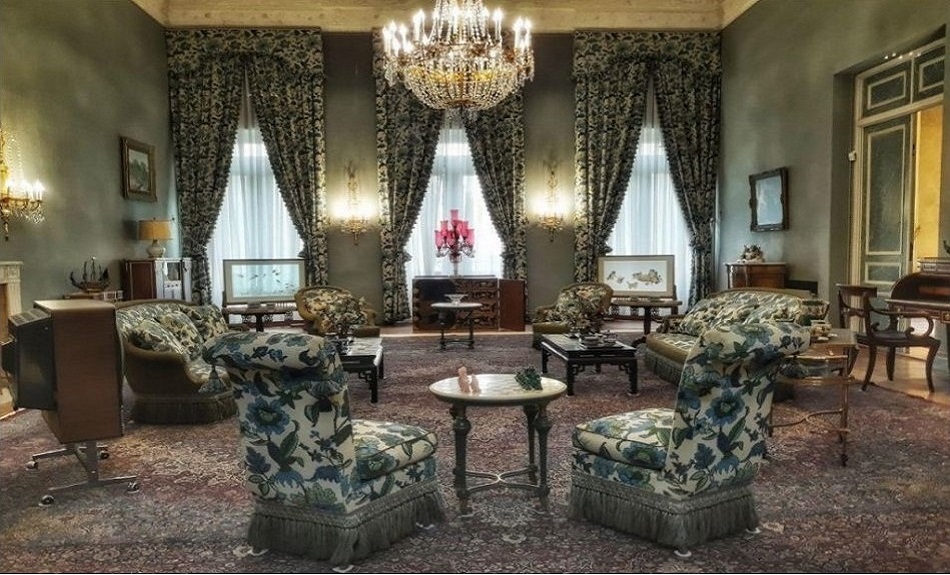
Green Palace
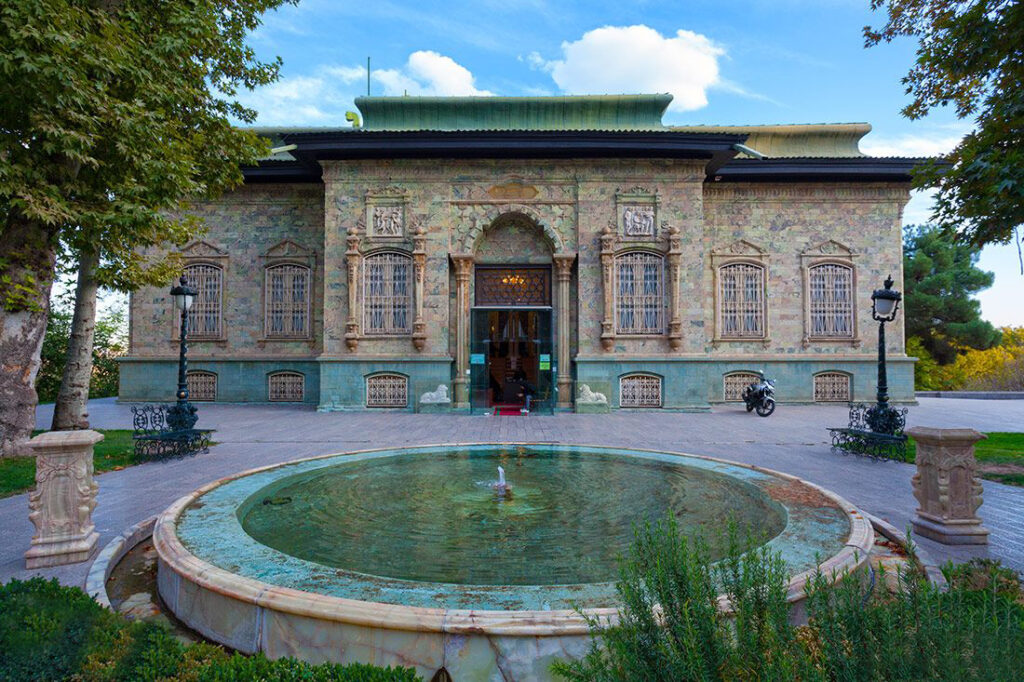
Another important palace in this complex is called the Green Palace. This palace was the residential palace of Reza Shah. He bought it from the original owner. This palace is named after the green marble used on its façade. The green marble belonged to the mines in Zanjan and Khorasan provinces in Iran.
The Green Palace was built in 1928 in the northwest of the Sa’ad Abad complex. Inside this two-floor palace, there are the Mirror Hall, a private office, a reception, and a private dining hall. The basement was renovated in 1974 and has two bedrooms, a dining hall, and a reception hall. During the reign of Pahlavi II, the Green Palace was used as a residence for foreign guests of the court.
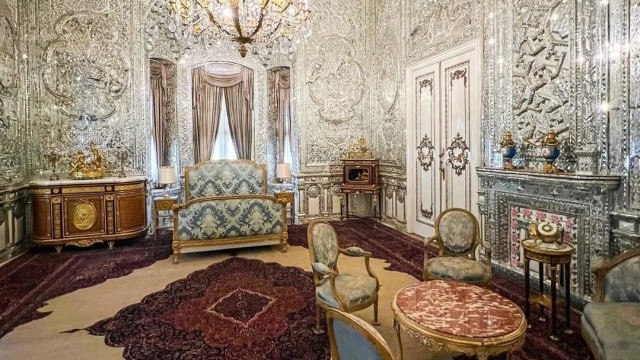
Sa’ad Abad Palace Complex Museum of Arts
Thanks to the use of black marble on this building, it’s called the Black Palace as well. This museum consists of three floors and houses many paintings from different Iranian and European artists.
On the first floor of the museum, there are painting from European artists mostly from Russia, France, Germany and England. These paintings were drawn from the 17th to the 20th century. Some of these most notable artists are Salvador Felipe Jacinto Dalí Domènech, John Frederick Herring Sr, Peter Graham, Ivan Ivanovich Shishkin, François Musin and Jules Adolphe Aimé Louis Breton.
On the second floor, there are paintings from Iranian artists from the Safavid Empire till the Qajar dynasty.
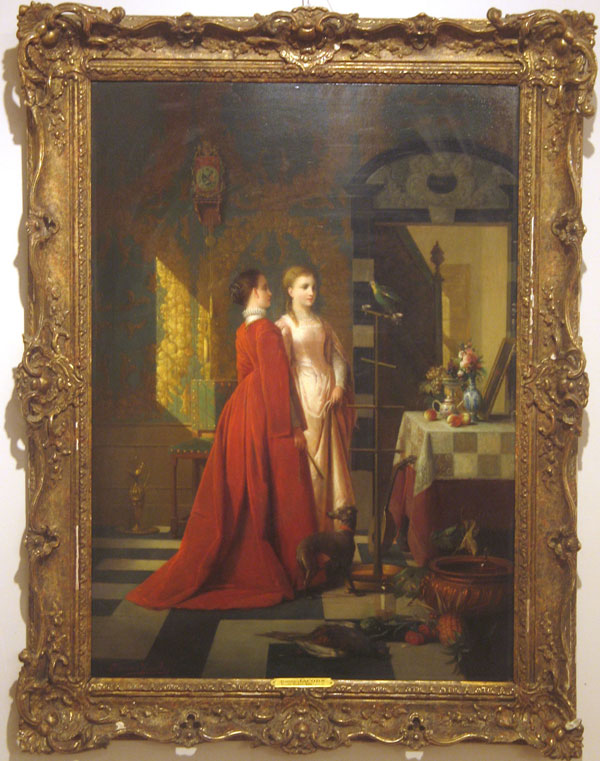
Farshchian Miniature Museum
This mansion is one of the older buildings of the Sa’ad Abad complex. Originally it was used by Queen Esmat, the fourth wife of Reza Shah, and later on by the king’s brother and turned into a warehouse at the end.
After the revolution of 1979, this mansion was converted into the Museum of Miniature, showcasing the paintings of Mohammad Farshchian
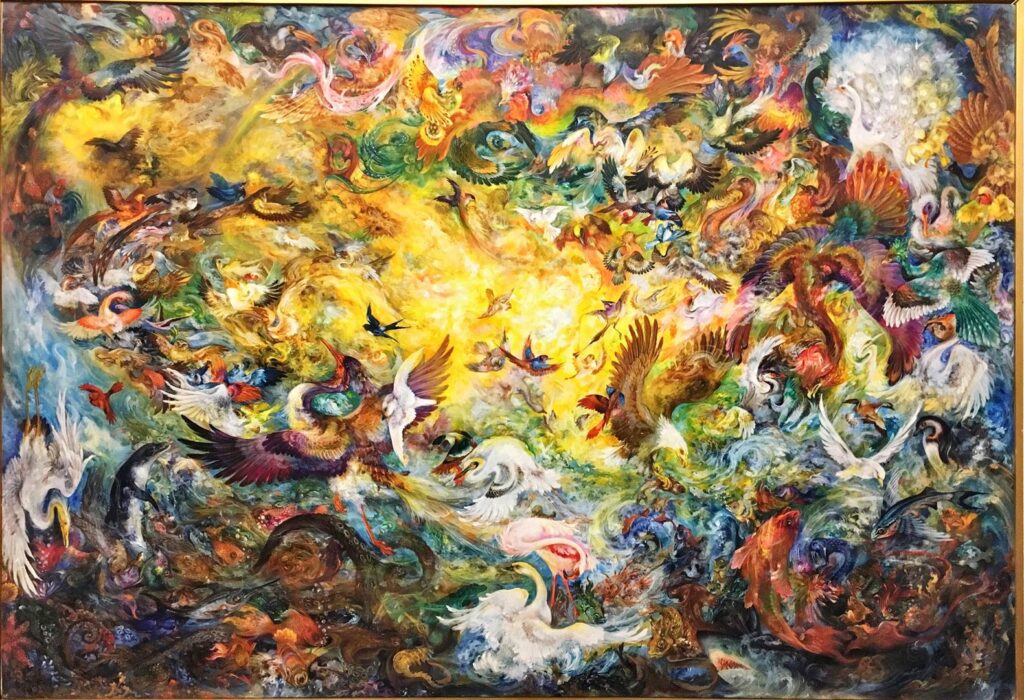
Omidvar Brothers Museum
This museum houses some of the photos and objects gathered during the travels of the Omidvar brothers. The valuable collection of Omidvar brothers includes gorilla skulls, elephant feet and tusks, human heads, and many other objects.
The Omidvar brothers started the first phase of their journey in 1954 on two motorcycles. They drove to Afghanistan, Pakistan, India, and Tibet, all the way to southeastern Asia and Australia. Later on, they crossed the Pacific Ocean to Alaska, North and South America. Then, they crossed the Atlantic Ocean to reach Europe and eventually returned back to Iran in 1961.
During their short stay in Europe, they secured the financial resources needed for the second phase of their journey to Africa by publishing research articles related to their travels and interviewing various European media outlets.
After a short three-month stop in Iran, they resumed their journey again. This time they used a two-cylinder van they bought in Europe to go to Kuwait and Saudi Arabia and entered Africa.
Museum of Royal Cloth
This palace belonged to Shams Pahlavi, the older sister of Mohammad Reza Shah. The architecture of the palace is a combination of Iranian and European architecture. After her relocation, this place was used to keeping the royal gifts.
After the revolution of 1979, this palace was converted to the museum of royal cloth.
How to go to Sa’ad Abad Palace?
Sa’ad Abad Palace is located in northern Tehran. To reach the Sa’ad Abad complex, you can use metro line 1 to reach Tajrish Square. From here, you should get a taxi to go to Darband Square to reach the entrance of the complex.


